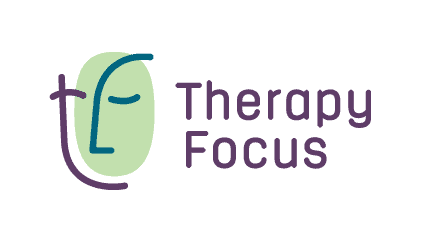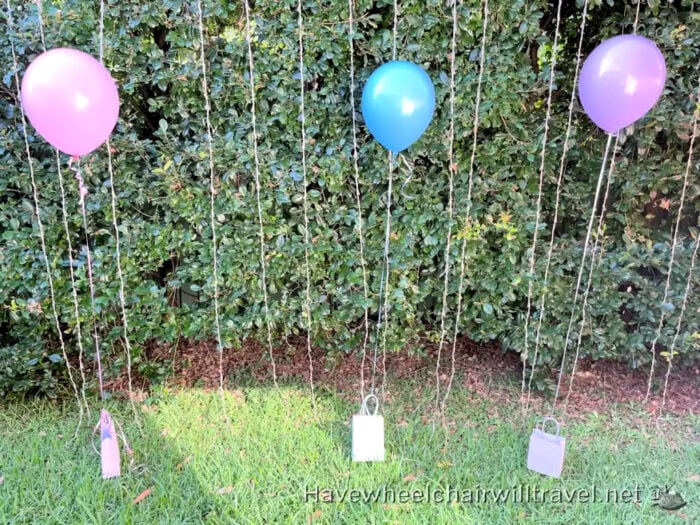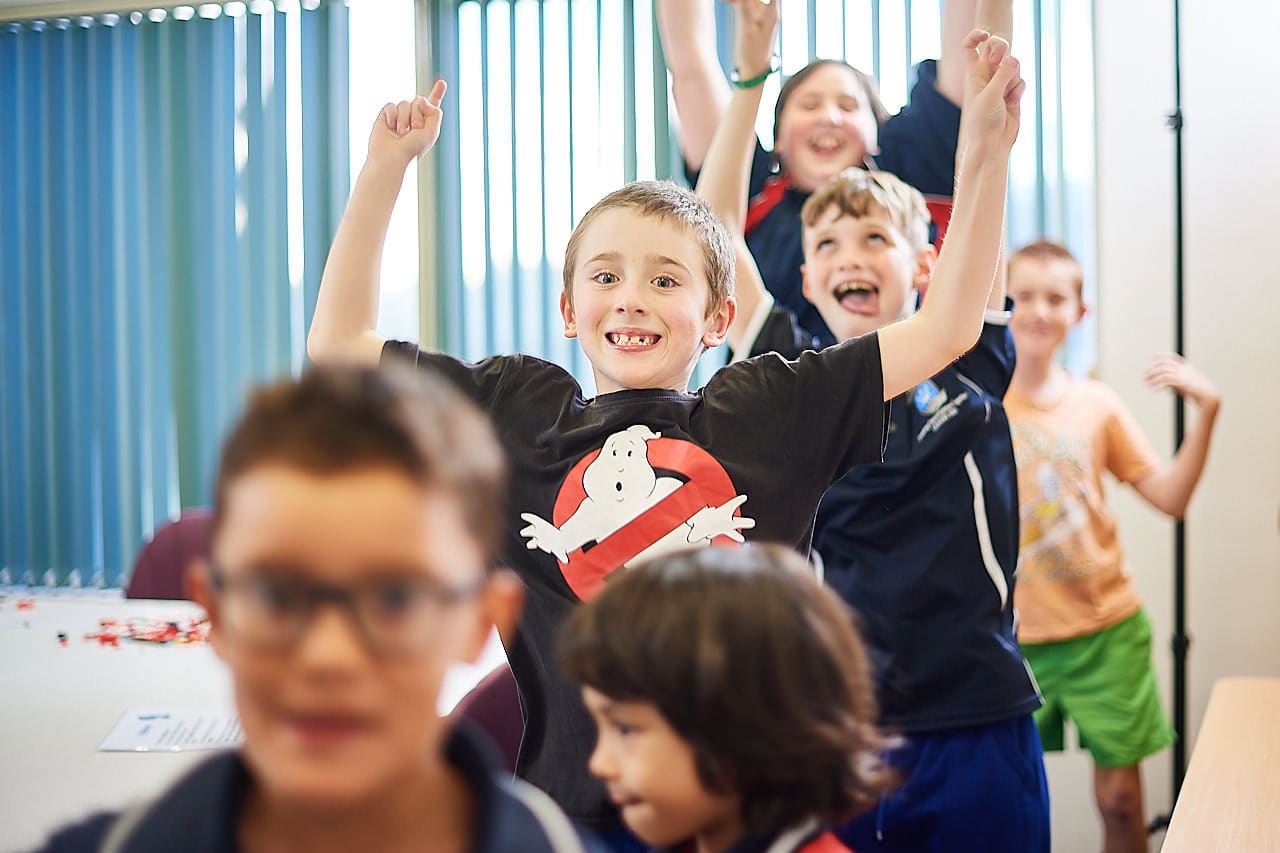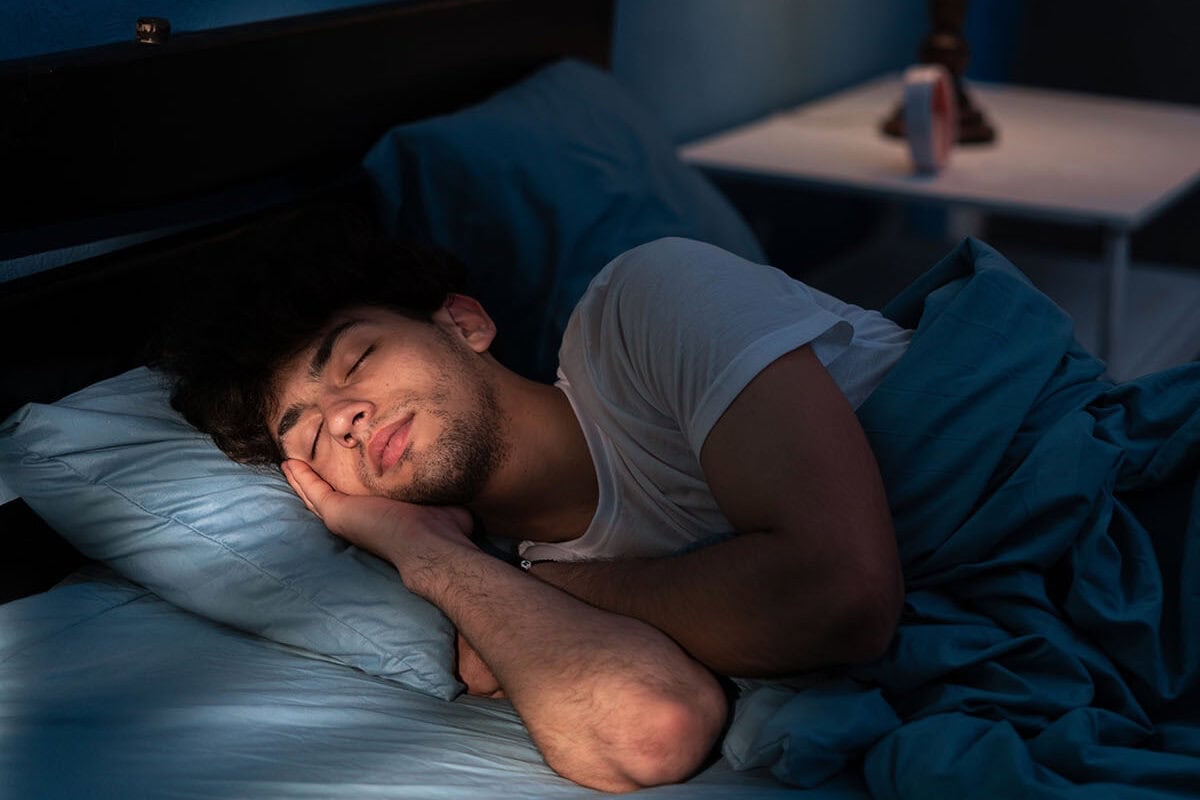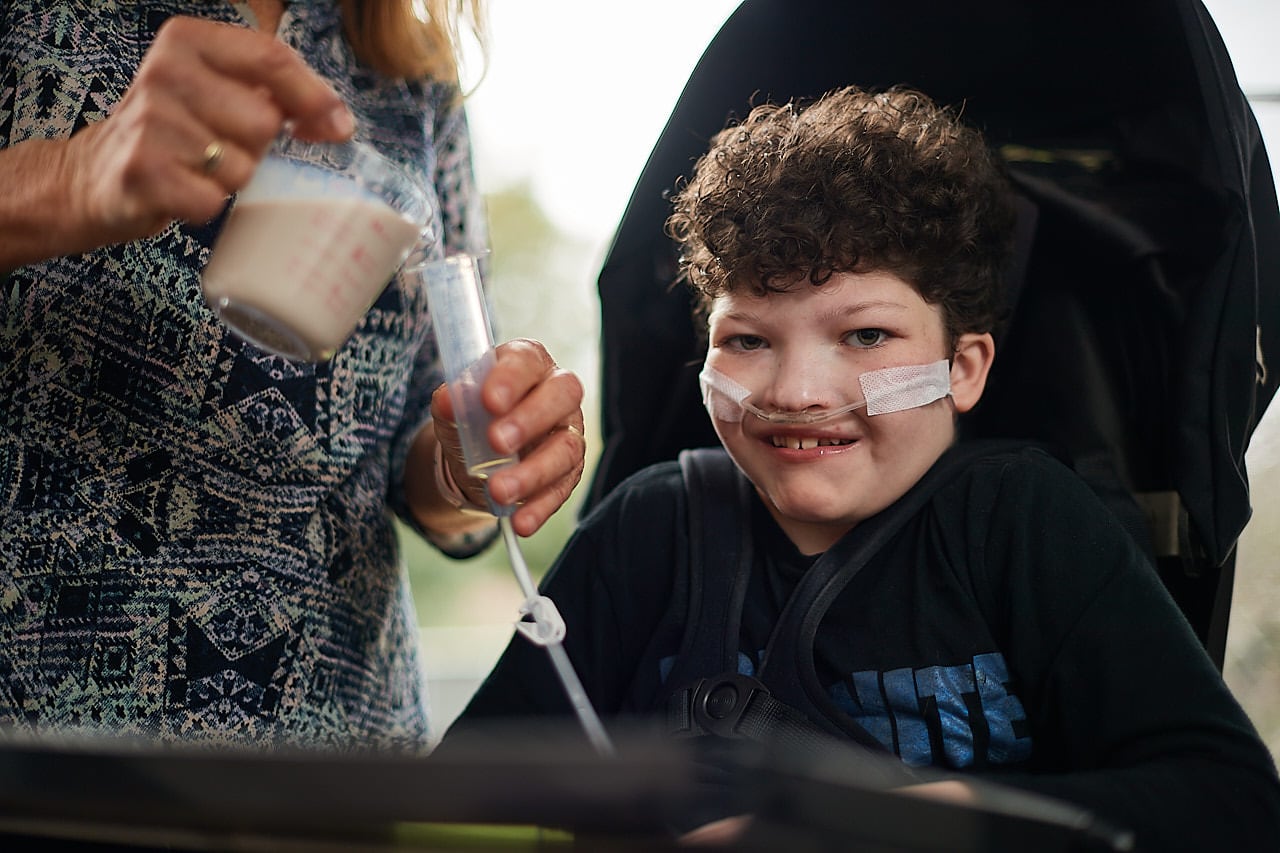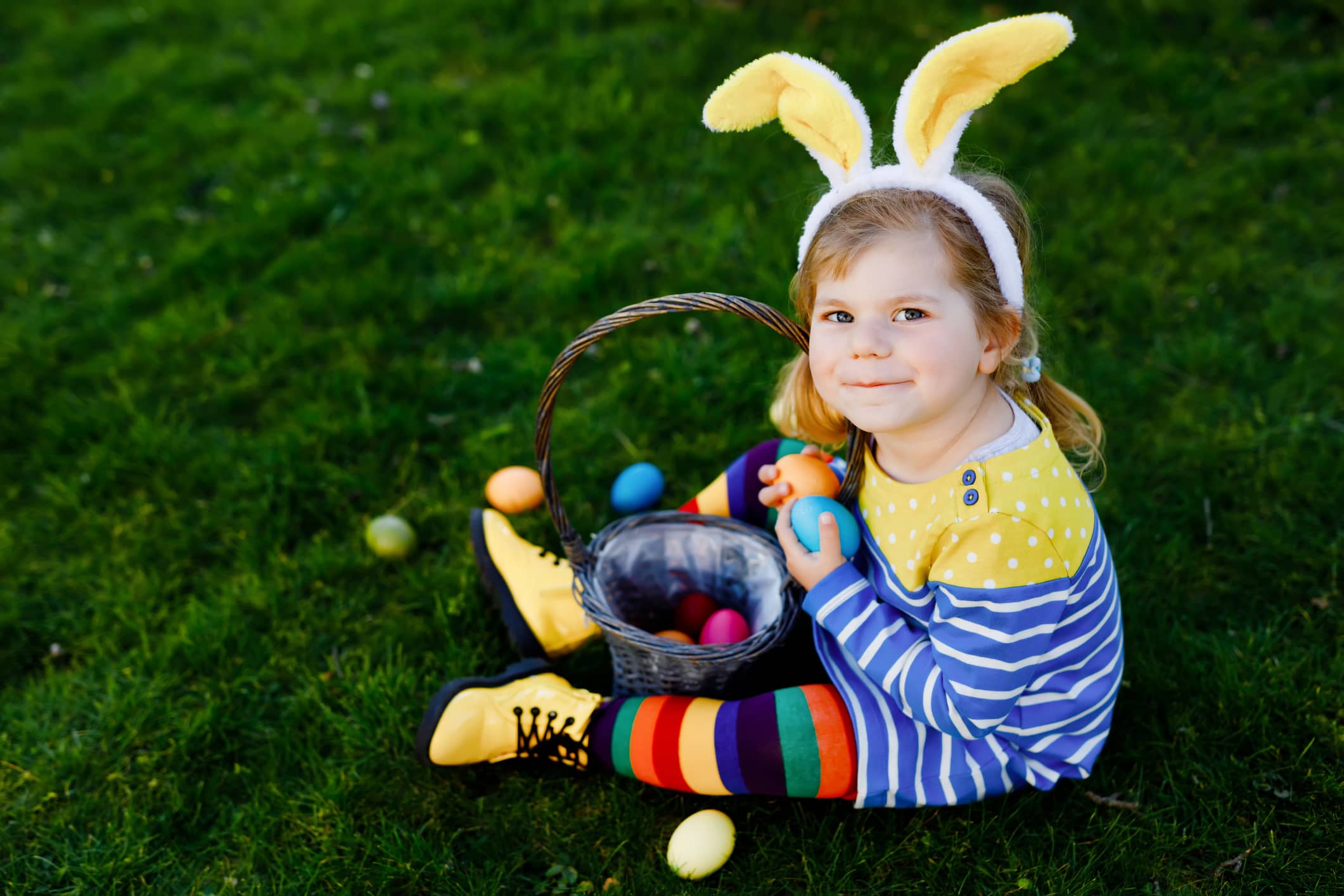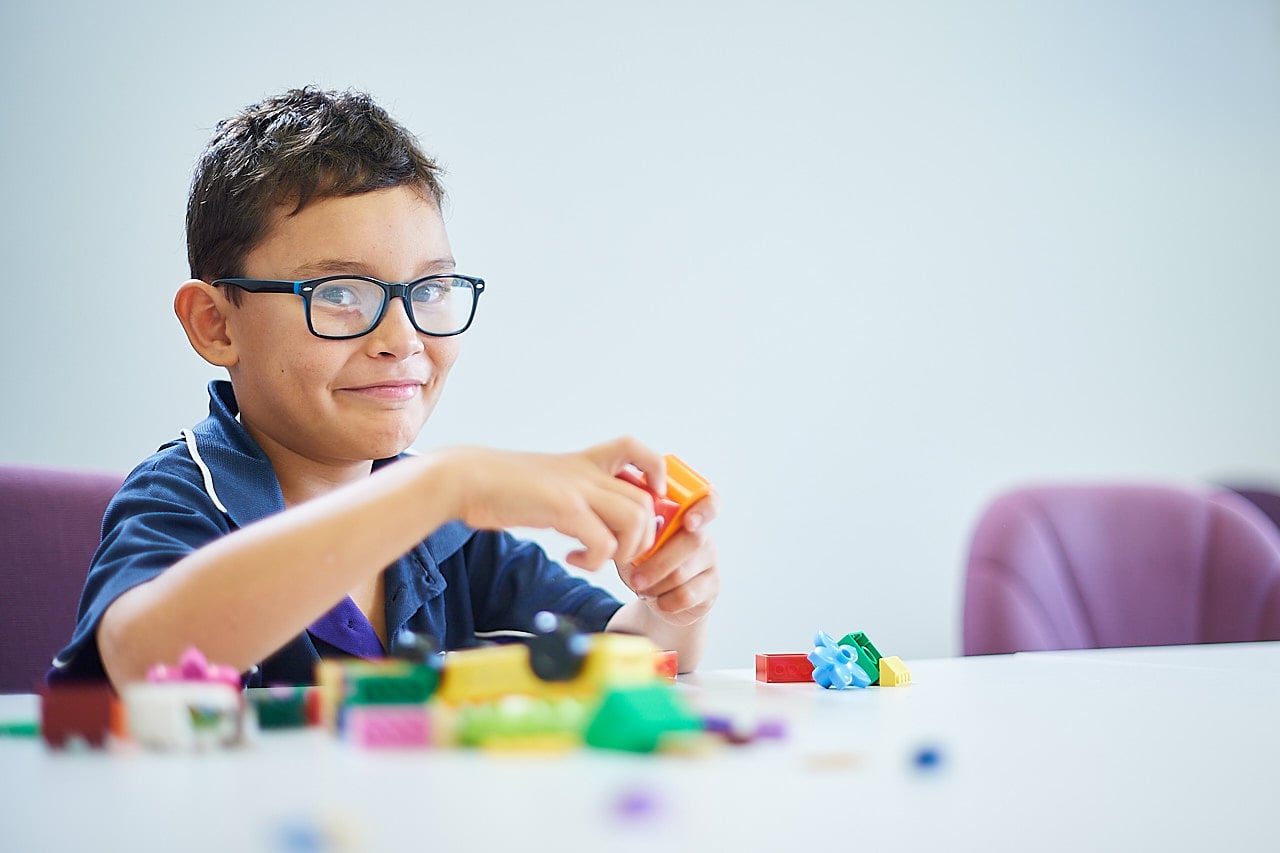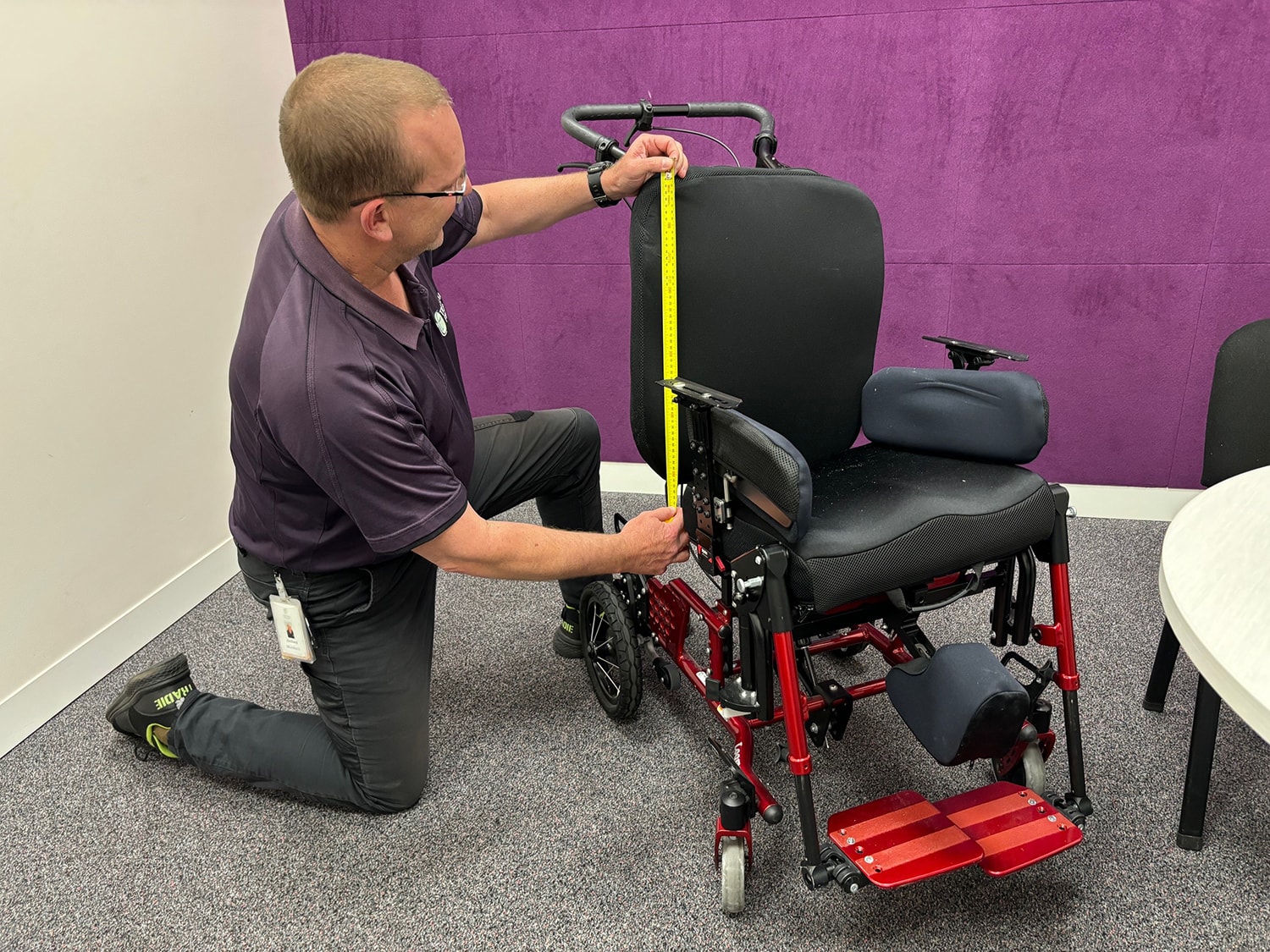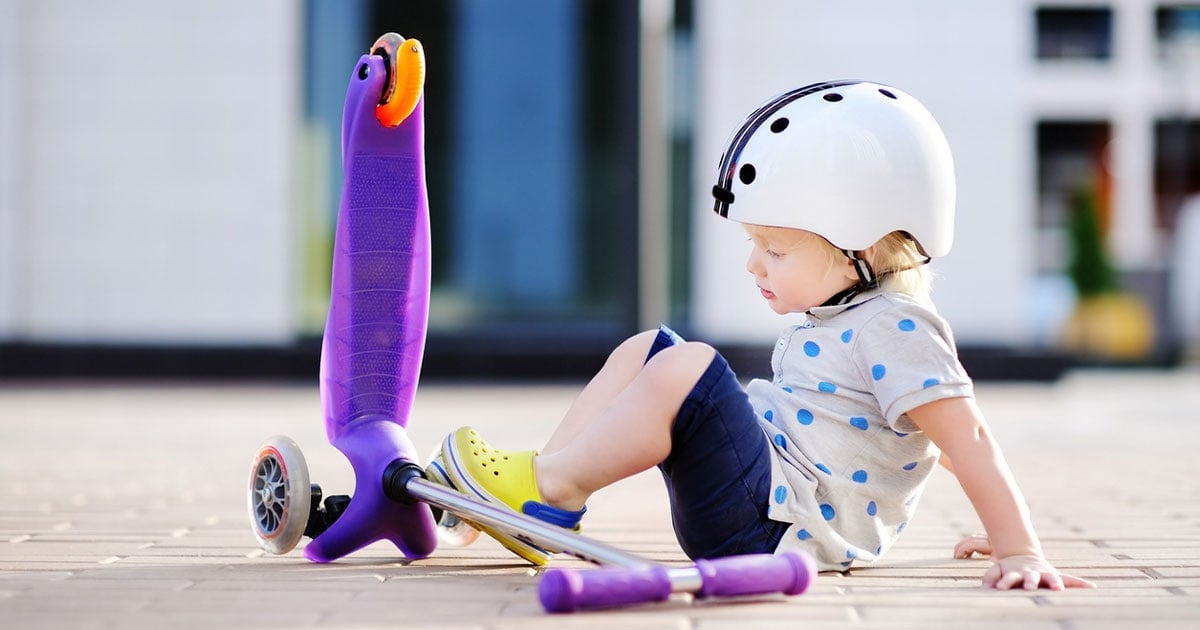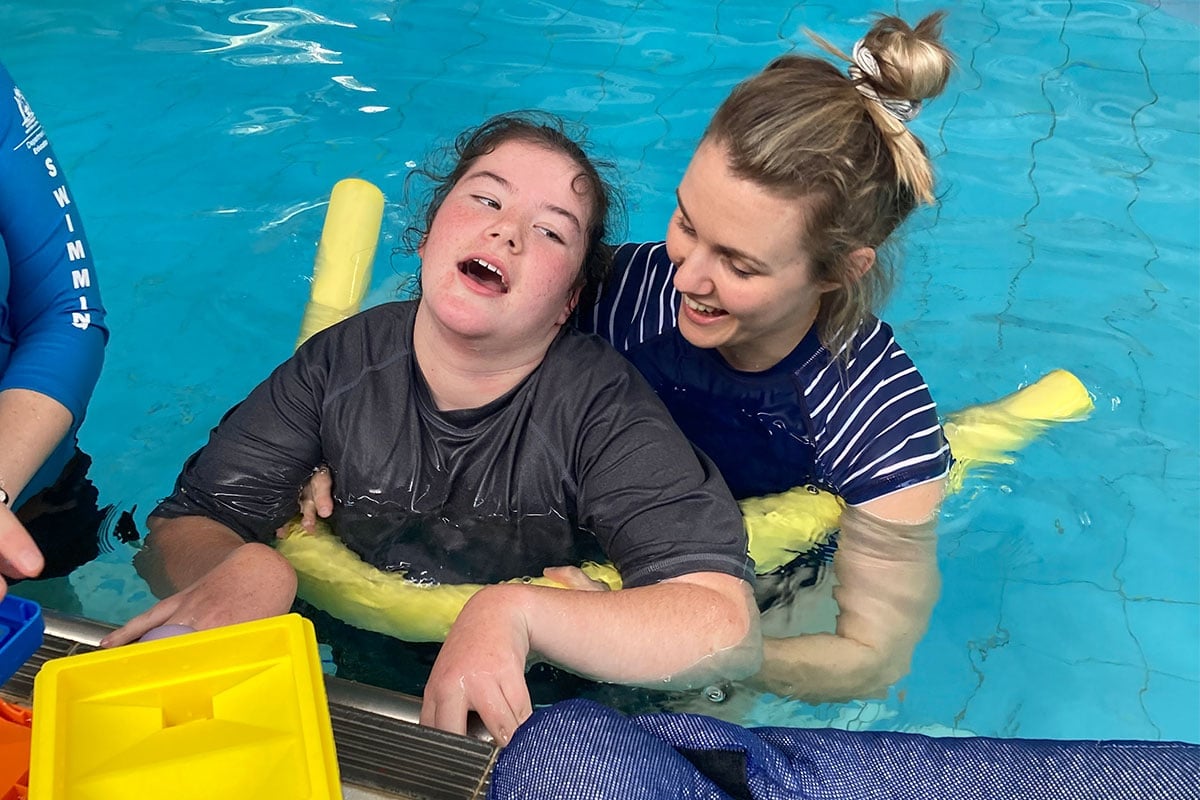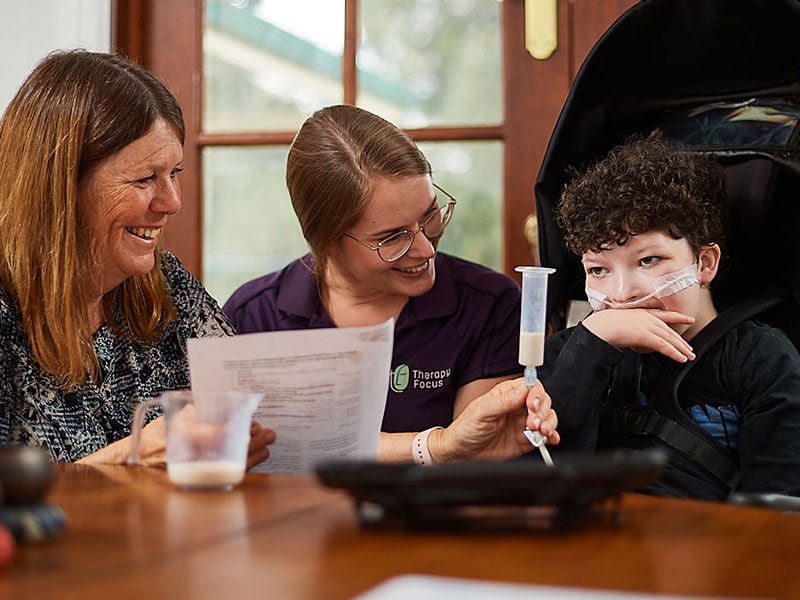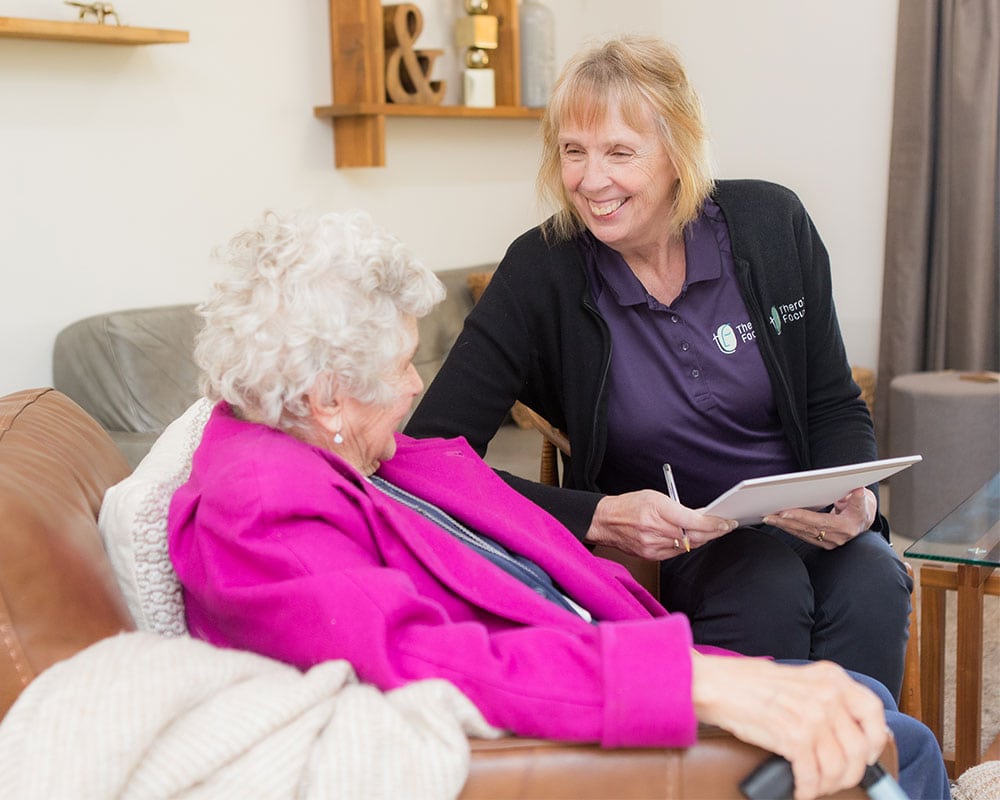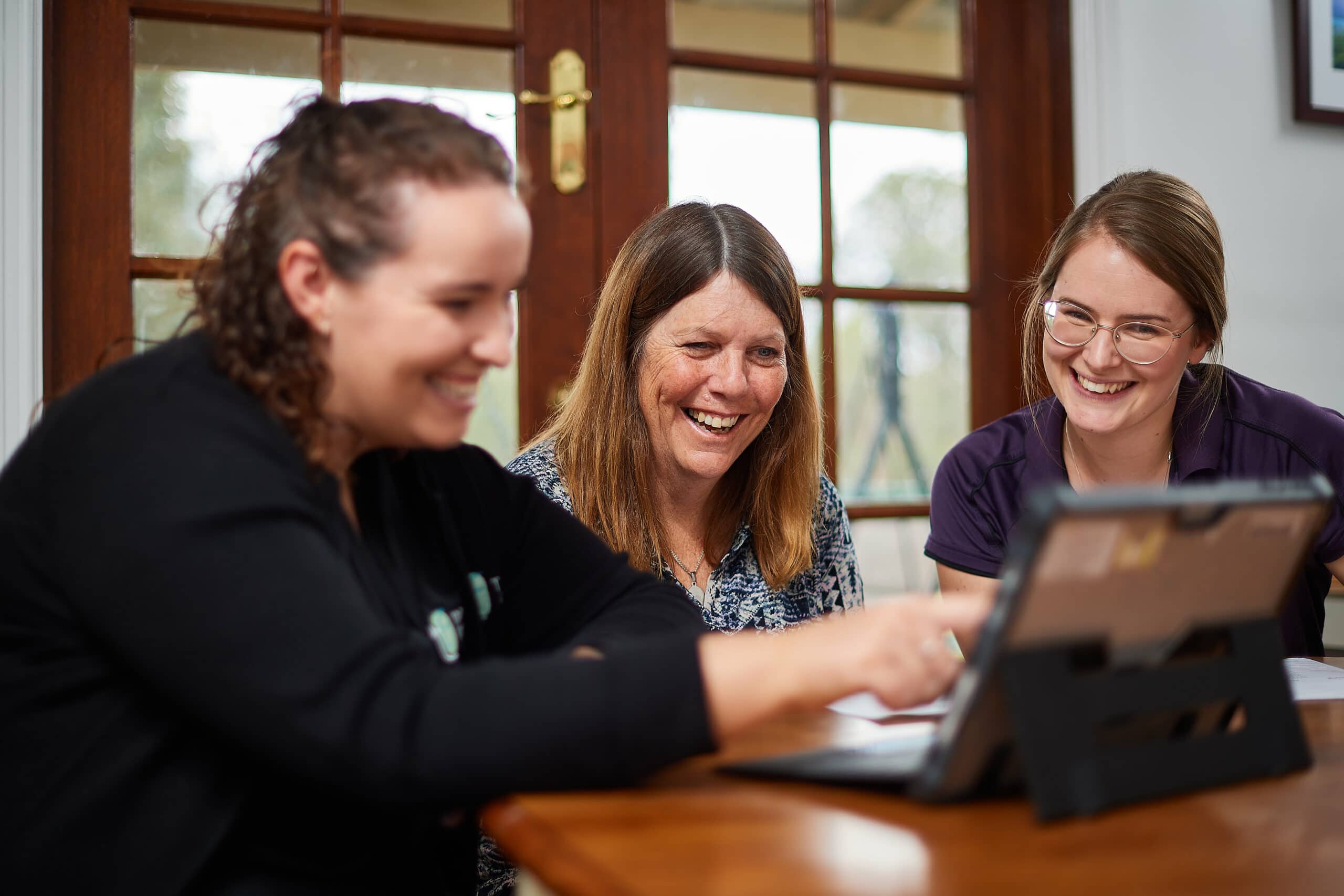Making Easter egg hunts accessible for all
Easter egg hunts are a great way for families and children of all abilities to come together and share in the excitement of Easter.
Whether you host an Easter egg hunt in your own backyard or the local neighbourhood park, here are some creative ways to adapt activities and make sure your hunt is accessible to everyone’s needs.
It’s all in the name!
Write the names of everyone taking part in the hunt on the eggs you’re hiding. If you find an egg without your name, you have to leave it alone! That way everyone can ‘find’ their eggs and be rewarded during the hunt. Work together to find them all so everyone gets to share in the fun.
Beeping Easter eggs
Beeping Easter eggs can help those living with a vision impairment take part in an Easter egg hunt, as they emit loud, clear, beeping sounds to help people find them. Unfortunately, there aren’t any Australian stockists (that I know of), but US company Maxiaids sells Beeping Eggs with international shipping available.
Otherwise, you can have a go at making them yourself! Check out this handy guide from Have Wheelchair Will Travel.
Elevate the fun & keep eggs within reach
Every child has their own mobility needs. Some kids require support to walk or may use a wheelchair.
Consider elevating the fun by placing Easter eggs on higher surfaces. If your hunt is outdoors, try hiding eggs in tree nooks or perched on top of bushes. Using BluTac, place coloured paper eggs on a wall at a suitable height for children to search for. For each paper egg found, they can collect a real chocolate egg or a chocolate alternative. You might like to use Easter eggs that aren’t too heavy and will stick without falling off.
Alternatively, you can hide Easter eggs in a bucket of rice or shredded paper, so they can dig through to find them.
Easter egg balloon hunt
Whether you’re hosting an Easter egg hunt indoors or outdoors, attaching balloons to eggs or gift bags can make it easier for children with limited mobility to find and pick up their Easter treats.
Balloons add to the delight! When finished, tie them to wheelchairs and chairs and play with them for the day.
Image credit: Have Wheelchair Will Travel
Light it up!
Set up your Easter egg hunt in a darkened room, an empty garage or at night. By using LED tealights or small glow sticks placed next to Easter eggs, the ‘glow’ can alert children with Cortical Vision Impairment (CVI) or low vision to their location. You can even place lights inside reusable plastic eggs.
The brighter the colours, the easier they are to find!
Consider sensory needs
It’s important to prepare for those with sensory needs. Easter egg hunts can easily become overwhelming and/or overstimulating for many children, with others running past to grab eggs, screams of joy and lots of people in one place.
To help those with sensory needs, hide eggs near the main area but separate from the crowd and make sure you have earplugs or headphones ready if it starts to get noisy! You might also like to hide some eggs in areas with different textures, like on the grass, on pavement, or even in a sandbox to accommodate everyone’s sensory preferences.
Shake, rattle & roll
Eggs with objects like small toys, beads or coins inside can make a sound when shaken and help make the Easter egg hunt more inclusive for those with disability. You could even wrap the eggs in coloured cellophane so they make a crinkle sound when touched and stand out in the light.
Alternatives to chocolate
Some kids may not be able to tolerate chocolate, or they might be allergic to the ingredients in many Easter eggs. Consider using alternative gifts like mini bubbles, books, stuffed toys, and craft material. Choose small gifts so they can still be part of the hunt.
Happy hunting from Therapy Focus!
